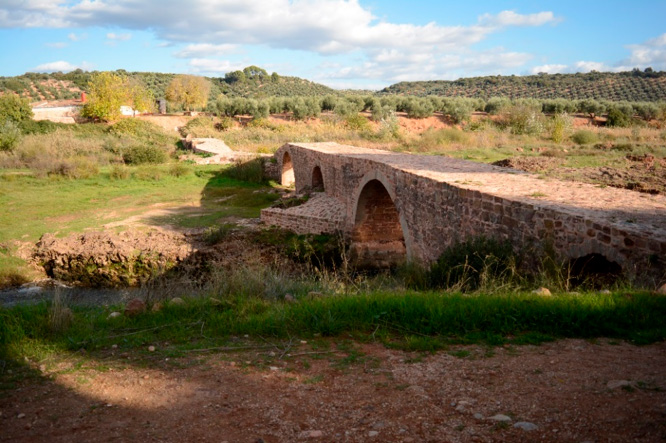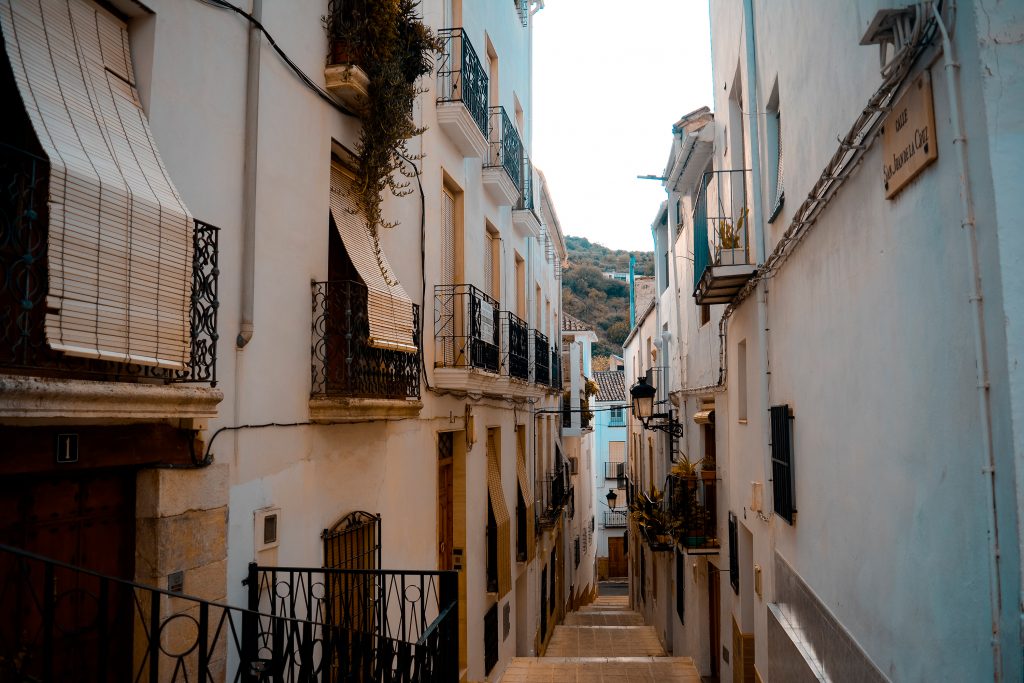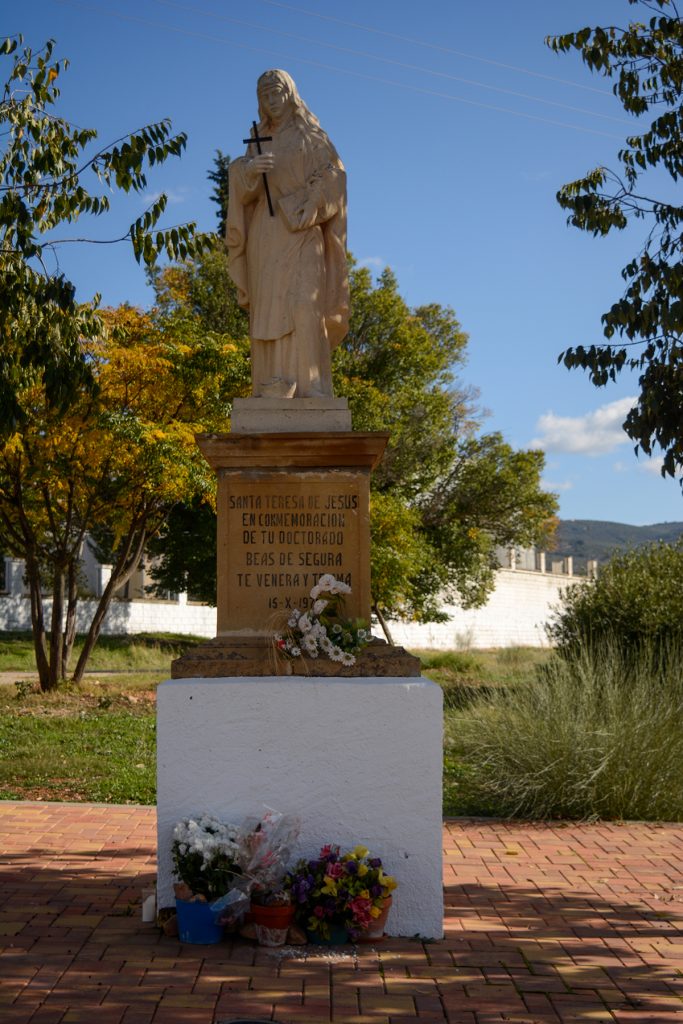
Literary route of Santa Teresa de Jesús

Teresa de Cepeda y Ahumada, universally known as Saint Teresa de Ávila or Saint Teresa of Jesus, ranks among the three mystical writers with the highest quality, along with Fray Luis de León and Saint John of the Cross, in the Spanish literature of the golden century.
She was first woman “Doctor of the Church”, not without difficulties, as in the middle of the 20th century, Pope Pius XI himself refused to declare Saint Teresa of Jesus Doctor of the Church because of her condition as a woman: obstat sexus (sex prohibits).
The province of Jaén is proud to have a strong bond with Saint Teresa of Jesus, a woman ahead of her time. A connection that is given by her reform work of the Order of Carmel, where she founded the Convent of the Discalced Carmelites of San José del Salvador in Beas de Segura.
The Teresian places that you can discover in Beas begin in La Ventilla de Beas, where the local people come to encounter the Saint; the Monastery of San José del Salvador, her first foundation in Andalusia; the Interpretation Center of the Mystic, thematic space dedicated to the Carmelite Mystics; the old Hospice of the Discalced Carmelites, although this is long after the death of Saint Teresa and, finally, the Mocho Bridge, where Saint Teresa crossed the Guadalimar river to start her trip to Seville.
The town and its people charmed and made a great impression on the Saint, a land “very delightful and of good temper” … as surely, will happen to you.
Web Portal “The Traces of Teresa in Jaén”https://www.dipujaen.es/teresadejesus/
Length of the route
18 kilómeters
Estimated duration
4 hours
Type of route
on foot and by car
PLACES THAT MAKE UP THE ROUTE

Mocho bridge
Saint Teresa and her entire entourage crossed the Guadalimar river through the Mocho Bridge on their way to Beas to found the first convent of the Discalced Carmelites in Andalusia. It is a Roman bridge of great solidity, with a rigging of large ashlars placed by rope and brand and located on the Guadalimar river. The bridge stands between two municipalities: Beas de Segura and Chiclana de Segura and it is very interesting because it was part of the “Camino de los Cartagineses”, a branch of the Via Augusta that, according to hypothesis, would connect Cástulo with Carthago Nova. Although…

Interpretation Center of the town of Beas, the 16th century and the Mystic
The “Interpretation Center of the Villa de Beas, the 16th Century and Mysticism” is located next to the Sanctuary of the patron saint of the town, the Virgen de la Paz, in an old convent-school of the Calasancias Mothers, built in the XIX century onver the remains of the old Castle and Fortress of Villa Vieja. The Center is divided into two different spaces, History and Mysticism. In the thematic space dedicated to History, the visitor can explore aspects related to Beas de Segura, such as its history, the different noble families, the castle-fortress, the Order of Santiago and the…

Hospice of Discalced Carmelites
This Teresian place is following Saint Teresa´s stay in Beas, but it is still part of her legacy because it is sponsored at the expense of the Carmelite nuns. The Hospice, which was built in 1659 for the Discalced Carmelites, is today part of several private properties on Calle Saint John of the Cross. The street is historically known as Callejón del Hospicio and we recommend that you stroll through it slowly enjoying the typical architecture of the area.

Monastery of San José del Salvador
The Monastery of San José del Salvador represents a fundamental milestone in the foundations of Saint Teresa, since it was the first one in Andalusia. In addition, the walls of the Beas Monastery hold one of the happiest moments of her life, because this is where she personally met Father Jerónimo Gracián, Provincial of Andalusia, with whom he exchanged opinions on the Carmel Reform and the problems with the Discalced. The current appearance is the result of the passing of time, as its structures have endured great deterioration, the most serious caused in 1810 by Napoleonic troops during the War…

La Ventilla de Beas
Ventilla de Beas is where the people of Beas de Segura waited and received, with great joy, the delegation of Saint Teresa of Jesus to accompany them to the place of the foundation. The procession reached Beas de Segura along the royal road, currently the A-6301 road, along the right bank of the Beas river, without crossing it. La Ventilla de Beas was about two kilometers from the town, owned by a brother of the foundation’s promoters, Doña Catalina Godínez and Doña María de Sandoval, and the junction of the Beas road with the royal road. So this is the…